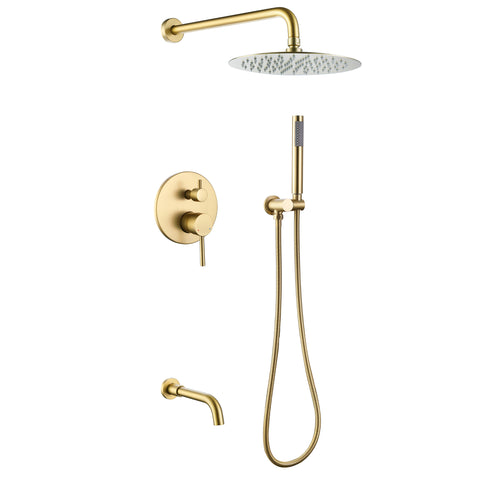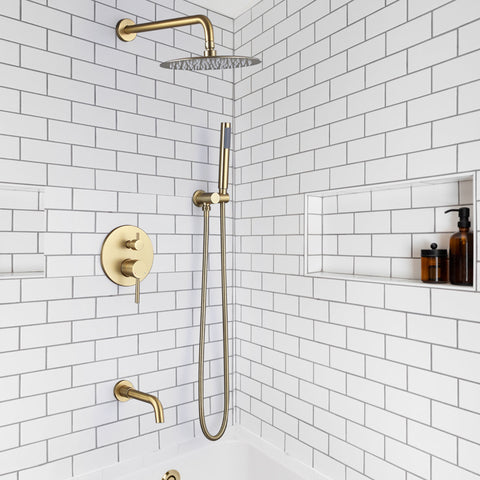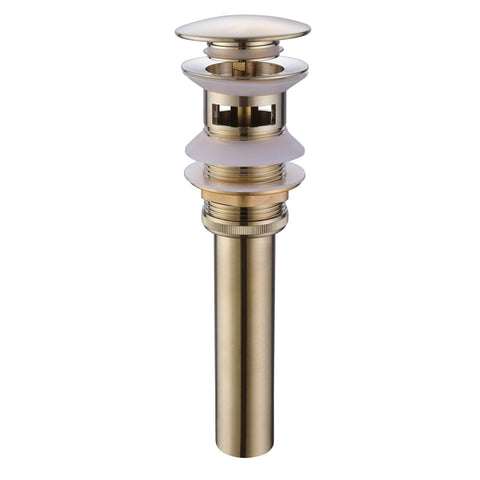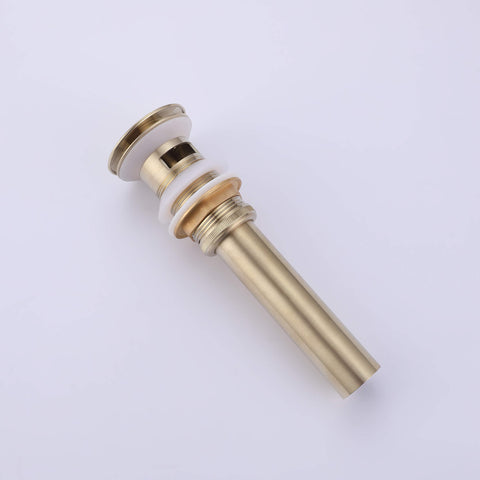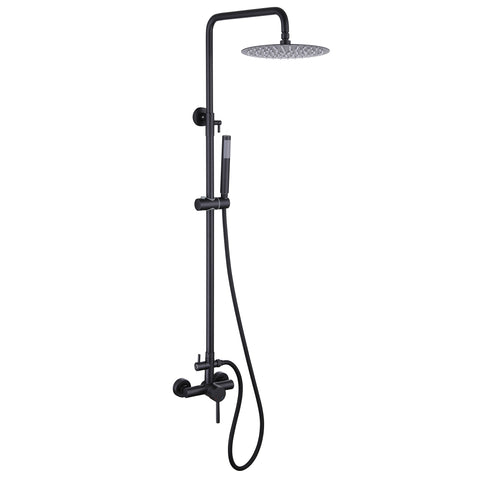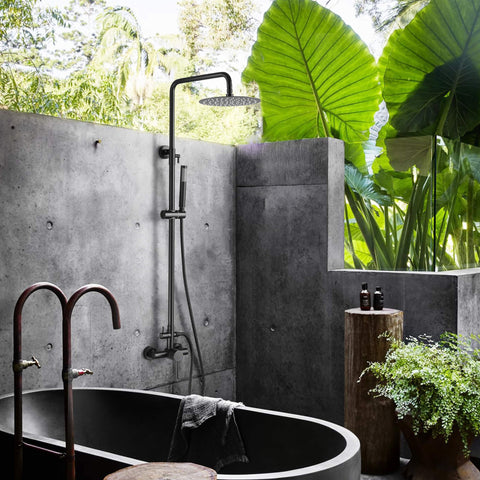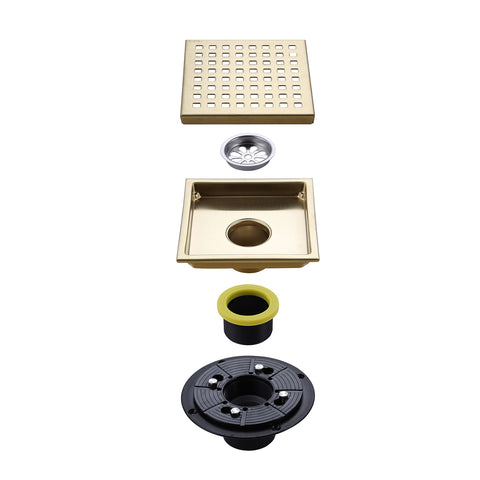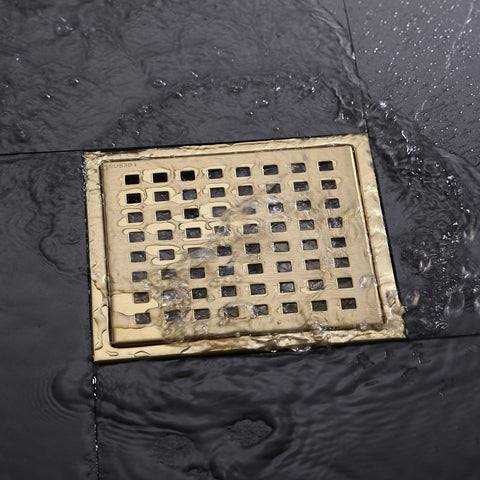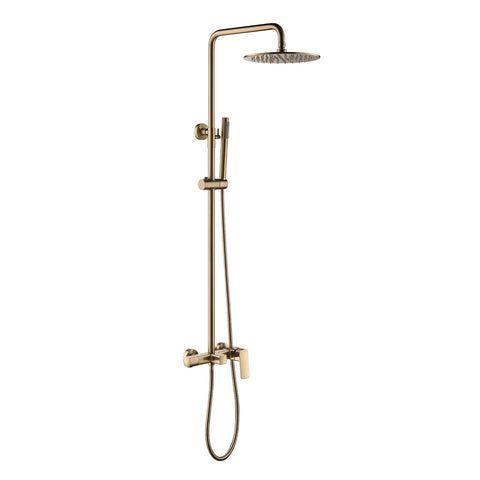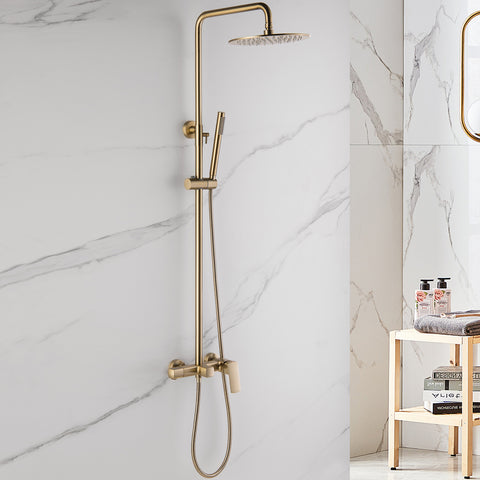The Cultural Perspectives on Showering Habits and Shower Systems
Showering is more than just a daily routine; it's a ritual deeply embedded in cultural norms and practices around the world. This blog explores how diverse showering customs have influenced the design and functionality of modern shower systems, offering insights into how global trends shape our bathing experiences.
Shower Rituals Around the World
In many cultures, showering goes beyond cleanliness and becomes a part of spiritual and social practices. For example, in Finland, the sauna is a staple of life, providing a communal space for physical and mental cleansing. Traditional Japanese bathing customs, like the onsen and sento, emphasize the importance of purification before entering communal baths, impacting how shower areas are designed in Japanese homes.
Contrastingly, in places like India, bucket baths are prevalent, influencing the demand for shower systems that can accommodate filling buckets easily. Moroccan hammams offer another layer of cultural significance, focusing on communal wellness and relaxation, which has inspired luxurious spa-like features in modern shower systems.

Design Adaptations for Cultural Needs
Shower system manufacturers have responded to these varied rituals by designing products that cater to specific cultural needs. In Japan, shower systems often include technology to mimic the onsen experience, with features allowing control over temperature and flow to create a tranquil, spa-like environment at home.
In Scandinavian countries, the preference for functionality and minimalism in shower designs reflects their practical approach to life. These systems are often straightforward, with high emphasis on durability and environmental efficiency, mirroring the cultural values of sustainability.

The Impact of Globalization
As people travel and migrate, they bring their bathing rituals with them, creating a melting pot of practices that influence local markets. Globalization has led manufacturers to incorporate versatile features in shower systems, such as adjustable water jets for various types of cleansing and programmable temperature settings to cater to the diverse preferences of a global clientele.

The Future of Shower Systems
Looking forward, we can expect even more innovative adaptations as cultural exchange continues to influence design trends. Features like water-saving technologies and integrated digital controls are becoming standard, driven by a global consensus on the importance of sustainability and technology.

Conclusion
The way we bathe is deeply personal yet universally influenced by our cultural backgrounds. As our world becomes more interconnected, the evolution of shower systems will continue to reflect a blend of cultural traditions, modern technology, and environmental considerations. This intersection of culture and design not only enhances our daily rituals but also enriches our understanding of global communities.
